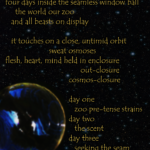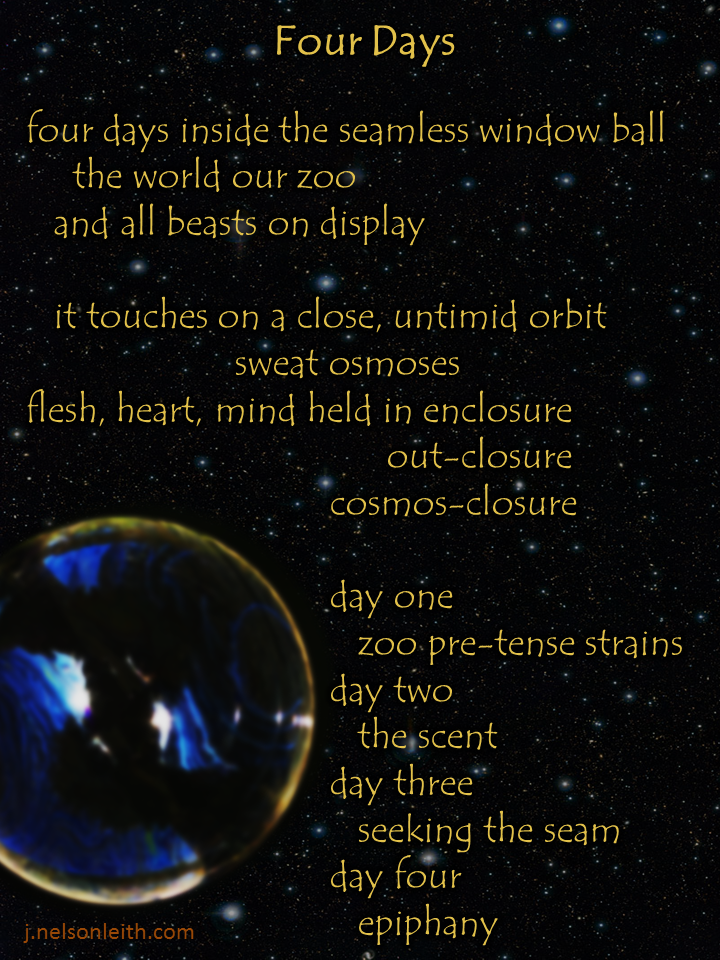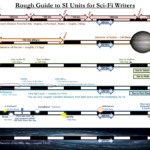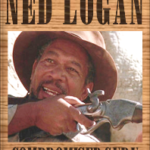


 This is the sixth installment of my Writing Archetypes series, where I talk about certain roles, scenes, and plot points that can be found repeated in many stories. They synchronize stories with the narrative instincts of the human mind, and imbue them with a distinct psychological presence.
This is the sixth installment of my Writing Archetypes series, where I talk about certain roles, scenes, and plot points that can be found repeated in many stories. They synchronize stories with the narrative instincts of the human mind, and imbue them with a distinct psychological presence.
You don’t have to be a dyed-in-the-wool Jungian to recognize that archetypes are a core element in storytelling. You don’t even have to like the term “archetype.” Call them what you want: tropes, memes, patterns, threads, modes, models, Platonic forms, şurôt, whatever.
But, no matter what you call them or why they exist, they do exist, and they have undeniable storytelling power.
Before moving on to the subtler aspects of archetypal storytelling, I want to get through what I consider the Big Four characters. So far, we’ve looked at the Hero, the Rough, and the Guru. Today’s installment is the Companion.

A TIME TO WORRY
A play in five lines
by J. Nelson Leith
CHARACTERS
Boyfriend and Girlfriend
B
Your cat name would be Bundlekins.
G
What?
B
If you were a cat, your name would be Bundlekins. Or if you could, like, transform into a cat.
G
(almost says something)
B
Or if you dressed up like a cat.

 Juliette Wade’s TalkToYoUniverse blog, which focuses on worldbuilding, has long been one of my favorite writing resources. And, a recent post on one of my favorite films, Who Framed Roger Rabbit?, confirmed my enthusiasm.
Juliette Wade’s TalkToYoUniverse blog, which focuses on worldbuilding, has long been one of my favorite writing resources. And, a recent post on one of my favorite films, Who Framed Roger Rabbit?, confirmed my enthusiasm.
It’s rare to see a serious function of storytelling applied to what many might dismiss as escapist fiction but, when you have a universal principle, by definition it must have no boundaries.
Take a look at Ms. Wade’s analysis. It will help you be a better reader, a better viewer, and a better writer!

 Sometimes, it is hard to believe that we actually have little robots rolling around the surface of another world, digging into the dirt and taking photos, a world that is still in the running for having life.
Sometimes, it is hard to believe that we actually have little robots rolling around the surface of another world, digging into the dirt and taking photos, a world that is still in the running for having life.
It’s the stuff of science fiction in the real world, and occasionally it’s nice to take a moment to appreciate how remarkable it is to have a presence on an alien world … and how eerily familiar the landscape of that other world can be.
When I decided to share these NASA photos, I was tempted to pass them off as shots of deserts on Earth (only going for a big Shyamalanian reveal at the end). But, no, these are photos of Mars … and you won’t believe how beautiful our little brother planet can be!

 Writer’s Digest and Digital Book World conducted a survey of over 9000 authors on their preferences for traditional or self-publishing. The full results will be presented at the upcoming Digital Book World Conference, but DBW has published preliminary findings online, in a post titled “Indie Authors and Others Prefer Traditional Publishing…Slightly,” which publishing mavens have already started pontificating about.
Writer’s Digest and Digital Book World conducted a survey of over 9000 authors on their preferences for traditional or self-publishing. The full results will be presented at the upcoming Digital Book World Conference, but DBW has published preliminary findings online, in a post titled “Indie Authors and Others Prefer Traditional Publishing…Slightly,” which publishing mavens have already started pontificating about.
And, as is typical, the analysis is shallow and misleading. Here’s the part the LA Times, in a piece titled “Authors prefer traditional publishers to self-publishing,” chose to focus on:
Despite the rise of self-publishing and the enthusiasm with which self-published authors celebrate its ascendance, overall, the authors surveyed are more interested in traditionally publishing their next book. The greatest preference for traditionally publishing was reported by traditionally published authors (87.2%) followed by not-yet-published authors (76.8%). Among authors who have self-published, more than half hoped to publish with traditional publishers — 53.5% of self-published authors and 57.8% of hybrid authors.
If you take a look at those numbers one layer deeper, however, you can see the real story: the continuing stigma against self-publishing among those who have never tried it. Continue reading

 Humans tend to get befuddled by inhuman scales. This is nowhere so obvious as in bad science fiction and bad science reporting. And, just bad science.
Humans tend to get befuddled by inhuman scales. This is nowhere so obvious as in bad science fiction and bad science reporting. And, just bad science.
An inability to grasp the vast scales of outer space caused lots of people to mistakenly believe the Voyager spacecraft was ‘leaving the solar system’ (which likely extends out to 10 petameters) when it was, in fact, merely crossing the heliopause (about 15 to 30 terameters). In case you’re wondering, a petameter is equal to one thousand terameters; it’s quite an error in scale to mark the boundary of our star system at under 30 of a given unit when that star exerts its influence out to 10,000 of those units.
As you can guess, I’m a big fan of SI units and their remarkably efficient prefix system. I think it’s about time we started using SI, to the exclusion of alternatives whenever reasonable. (Fantasy and historical fiction writers, you’re off the hook!) Long ago, one might have made the argument that people can’t grasp the thousand-fold relationship between SI prefixes, but the enthusiasm with which consumers rode the electronic ramp-up from kilobytes to megabytes to gigabytes to terabytes proves otherwise.
People get it. SI is workable. So, how about we stop talking about how many miles it is to various celestial destinations, especially since confusion about English and SI units actually caused the complete loss of a $200M Mars mission? In fact, let’s just ditch the insane menagerie of units bandied about in astronomy, the parsecs and light-years and AUs. We have SI units to cover these scales. In fact, we have SI units to cover all scales. That’s kinda the idea!
And, anyone who talks about how many “million kilometers” it is to Jupiter or Saturn should be euthanized. “Meter” is the base unit and “kilo” means “thousand.” Are you telling us that Jupiter is eight hundred million thousand meters from the Sun? Forgive me, but that’s unforgivably dumb. If you mean “gigameter” then say it. If you think people need reminded how big “giga” is, try a parenthetical statement or, hell … let them Google it.
Also, I understand the utility of scientific notation in calculation, but in description it is obnoxious, particularly when the description is intended for general audiences. Use the prefixes.
So… having voiced my complaint, let me get to the Rough Guide promised by the title of this rant:

 This is the fourth installment of my Writing Archetypes series, where I talk about certain roles, scenes, and plot points that can be found repeated in many stories. They synchronize stories with the narrative instincts of the human mind, and imbue them with a distinct psychological presence.
This is the fourth installment of my Writing Archetypes series, where I talk about certain roles, scenes, and plot points that can be found repeated in many stories. They synchronize stories with the narrative instincts of the human mind, and imbue them with a distinct psychological presence.
You don’t have to be a dyed-in-the-wool Jungian to recognize that archetypes are a core element in storytelling. You don’t even have to like the term “archetype.” Call them what you want: tropes, memes, patterns, threads, modes, models, Platonic forms, şurôt, whatever.
But, no matter what you call them or why they exist, they do exist, and they have undeniable storytelling power.
Before moving on to the subtler aspects of archetypal storytelling, I want to get through what I consider the Big Four character types. So far, we’ve looked at the Hero and the Rough. Today’s installment is the Guru.